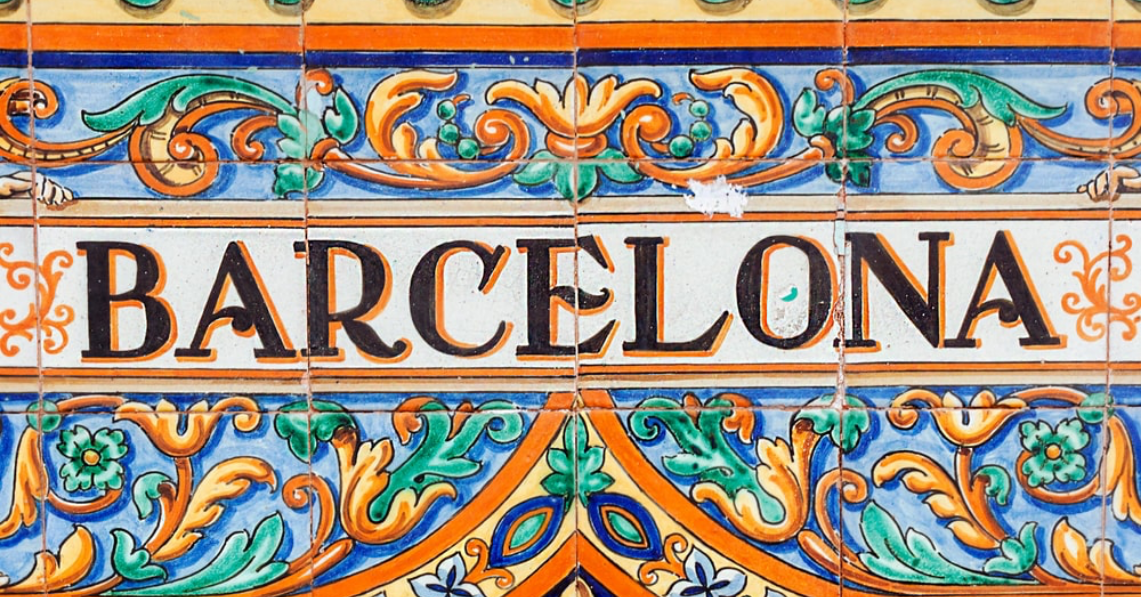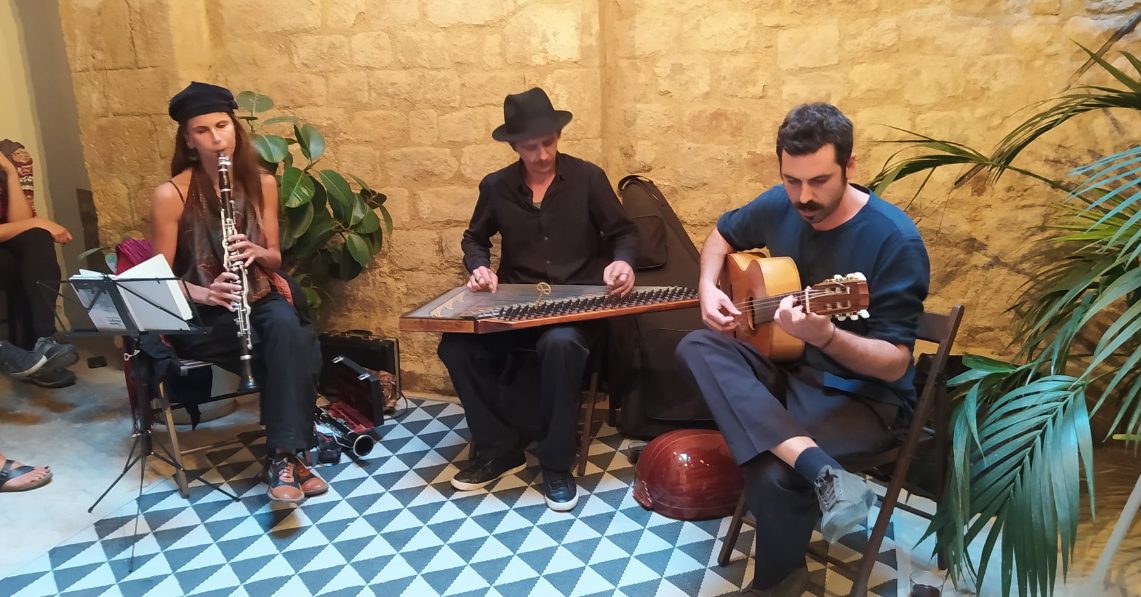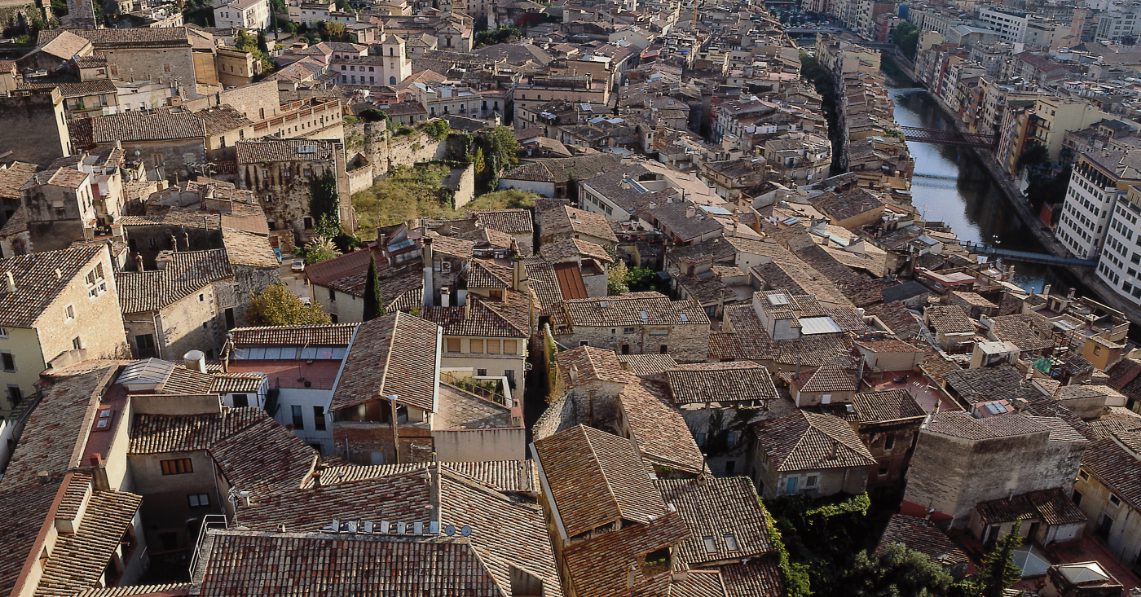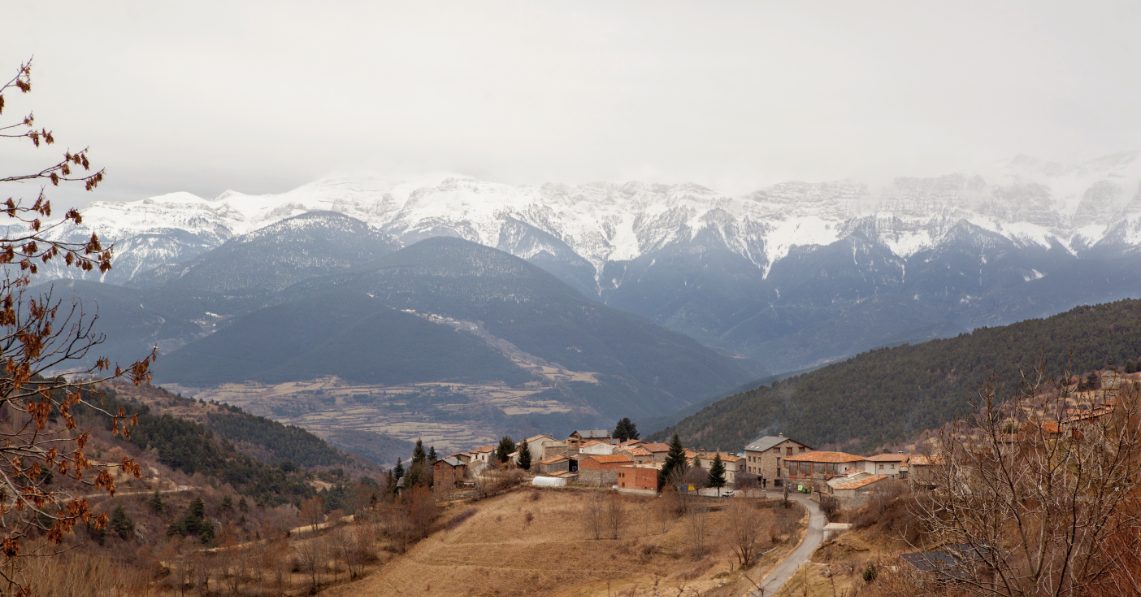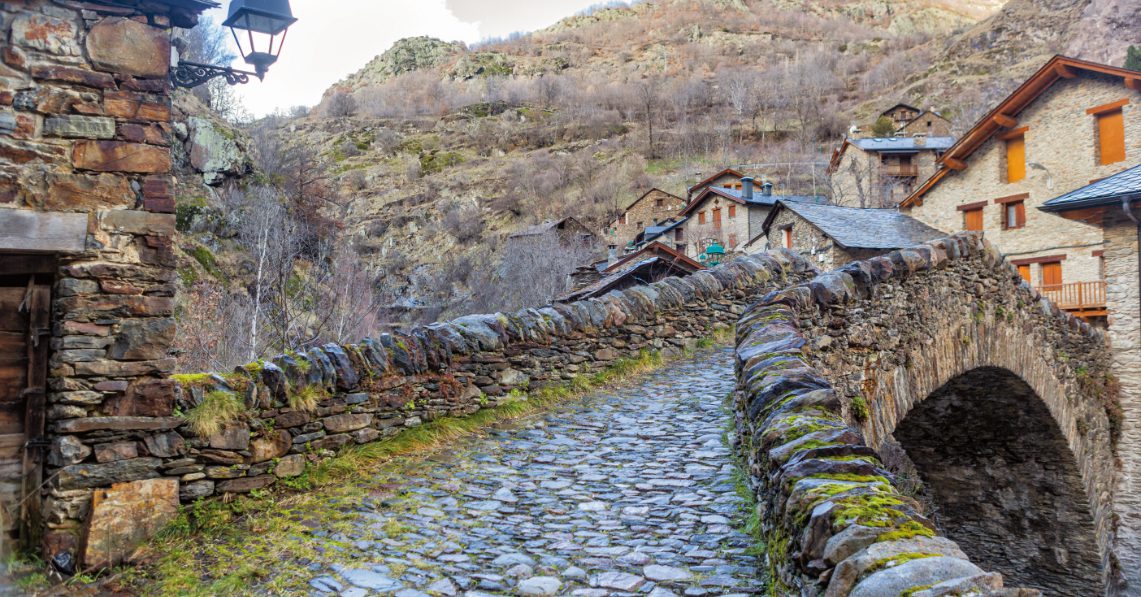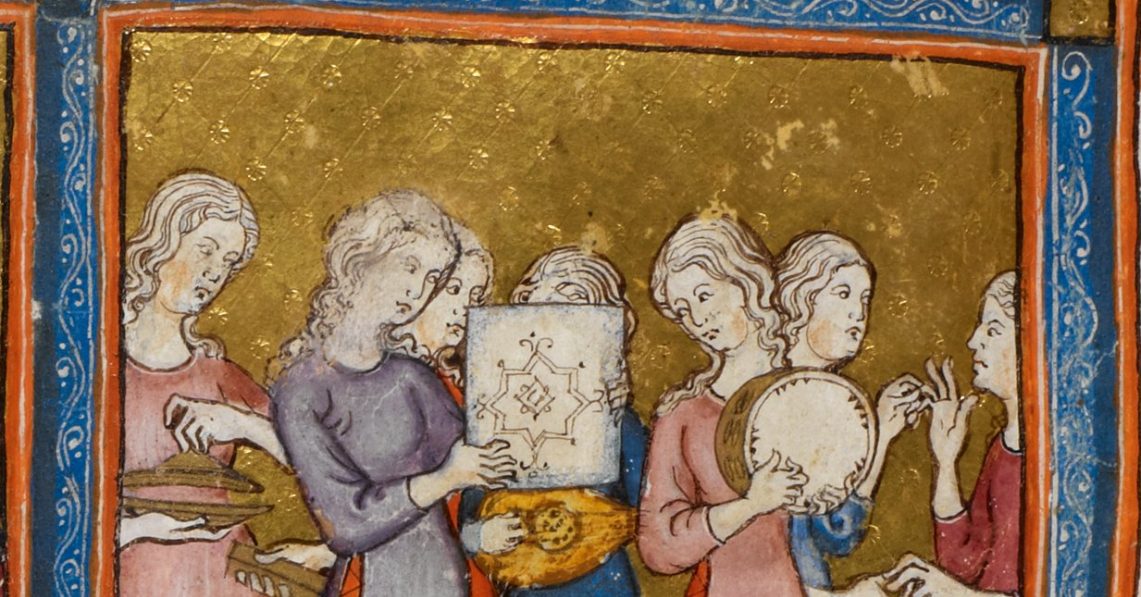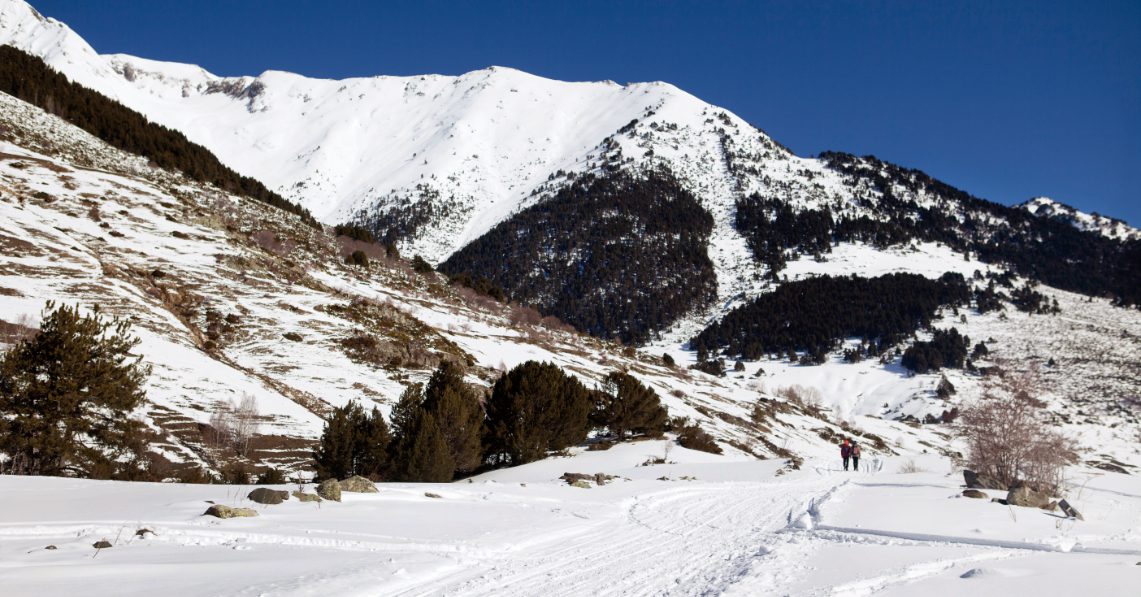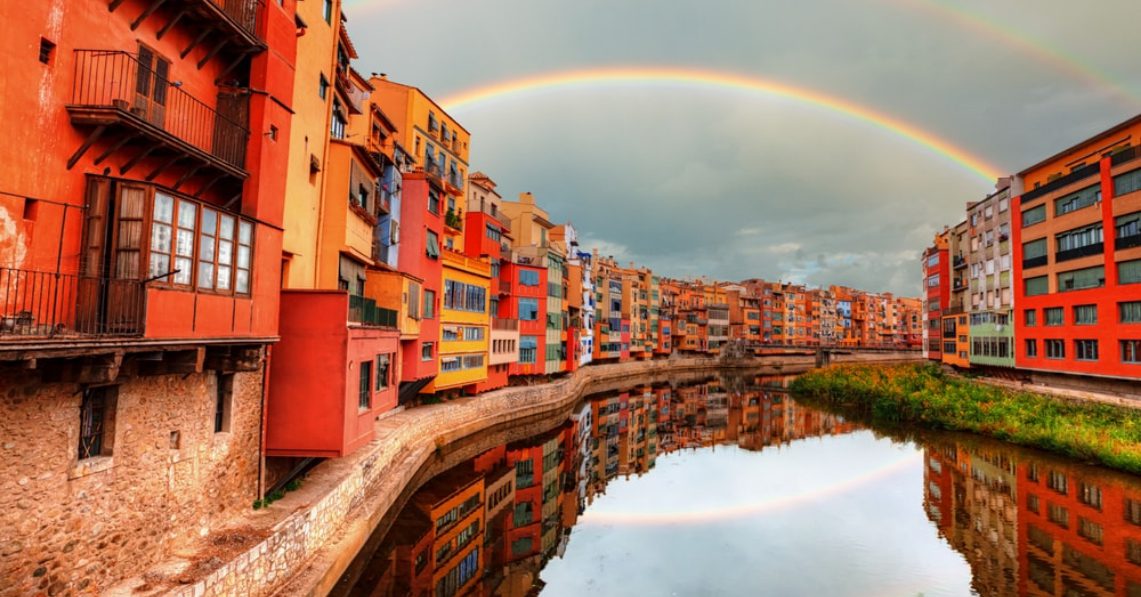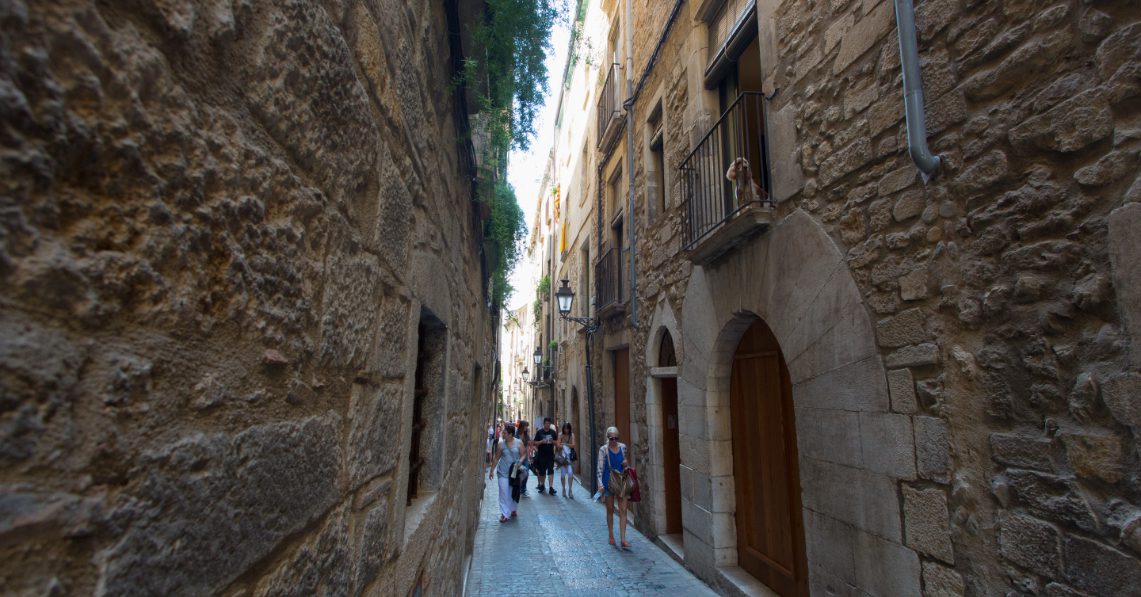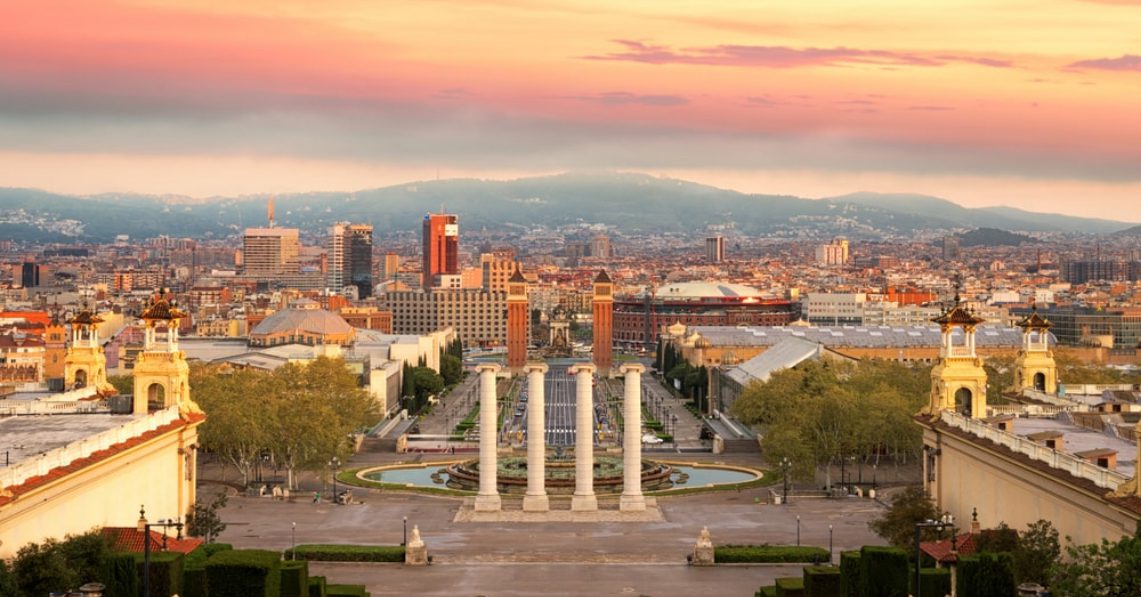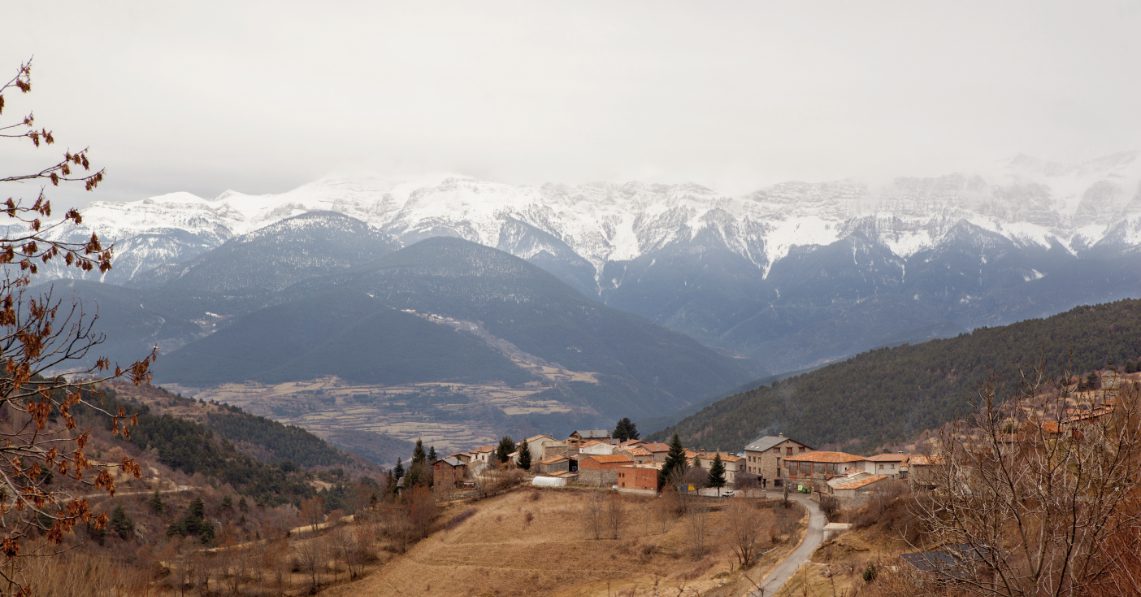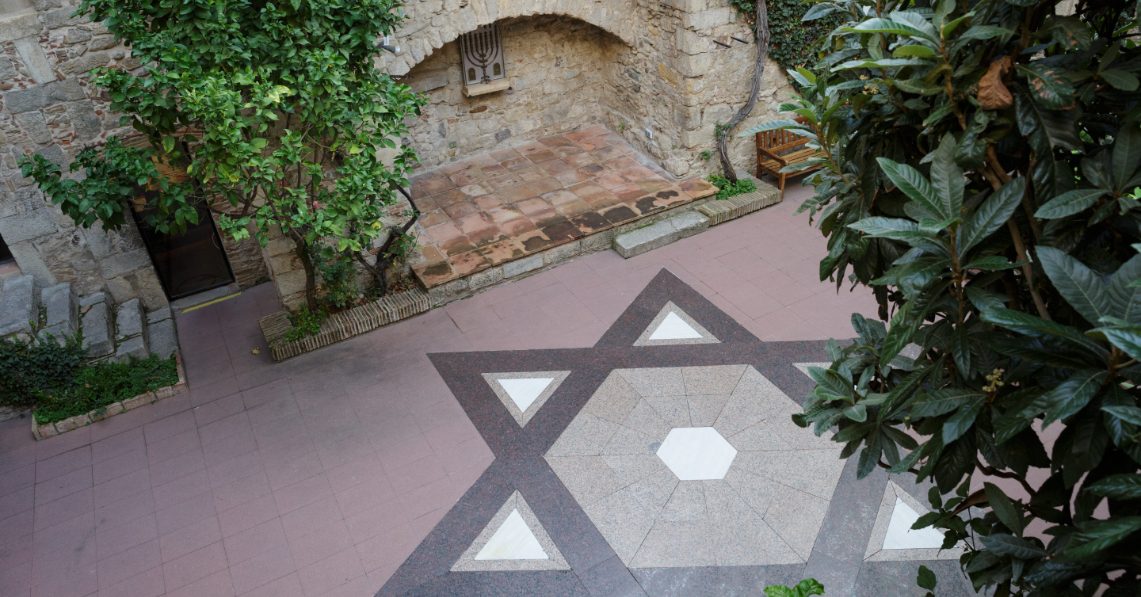Introduction
Sitting at a crossroads between Spain and France, Catalonia enjoys a rich historical heritage that bears a stronger mark than it may seem from the Jewish community that once lived there – and still does.
Jewish presence in Catalonia began over 1000 years ago, and at one point Catalan Jews were a sizeable percentage of the local population and became a beacon for worlwide Jewish culture and religion. However, a wave of violence at the end on the 14th century heralded the end of the community. It would be so for over 500 years, until at the end of the 19th century Jewish immigrants started to arrive to Catalonia. First from Turkey and central Europe, and eventually from all over.
Now it hosts a small but lively community and a rich but complex heritage that resists straightforward definitions.
The Catalan Route is as complex as it is revealing
A nexus of the age-old contention between mysticism and rationalism. The birthplace of the world’s largest collection of medieval Haggadot. A treacherous refuge for those fleeing from the Holocaust. A meeting point between Ashkenaz and Sefarad. A story spanning centuries, borne out between the mountains of the Pyrenees and the beaches of the Ebro delta. A story of harmony and heartbreak, of exile and return.
The Catalan Route of Jewish Heritage is as complex as it is revealing. Catalan Jews were an integral part of Catalan society during the middle ages, deeply intertwined with different social strata. Centuries of cultural flourishing that saw the appearance of great thinkers reached a dramatic end during a century of repression that culminated in the edict of expulsion of 1492. What followed was a time of dispersion, exile, and secrecy until 1918, when the first modern Jewish community on the Iberian Peninsula was founded in Barcelona. This active, growing community is currently reconnecting with its legacy.
Through the array of meaningful cultural experiences provided by the Catalan Route, we will dive into the splendor of the old Jewish quarters, known locally as “Calls”, witness tragic episodes from the medieval era, and revisit some of the major events of modern Spanish and European history, including both World Wars, the Spanish Civil War, the Francoist dictatorship, and the return of democracy. Our approach is open, inclusive, and pluralistic. We create spaces for co-creation, dialogue, activities, and initiatives that challenge the entire public. On this Route, we want the visitor to become an active player.
To explore the Catalan Route of Jewish Heritage is to break down myths, discuss intersecting identities, explore contradictions, and become a protagonist in a millennium-old story.”



